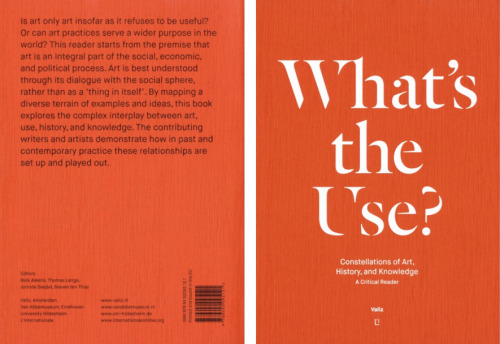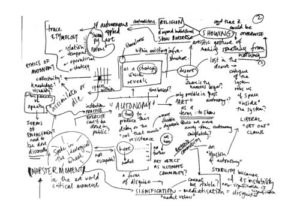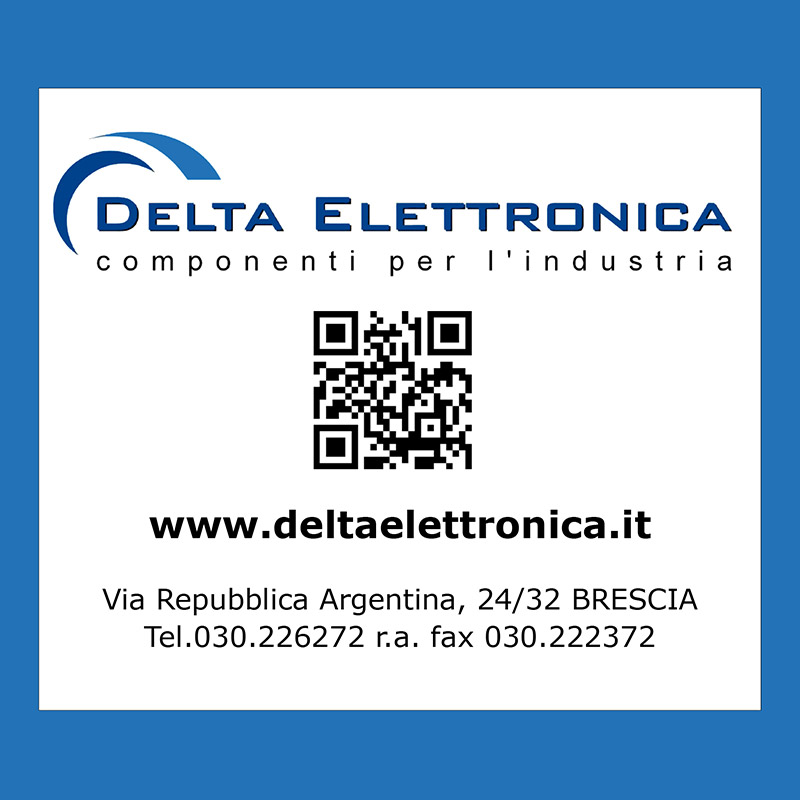A Heteronomous Hobby: Report from the Netherlands, five years later

A report from the Netherlands about the state of contemporary art world in the context of cuts to subsidies and the raise of populism.
In 2011, Sven Lütticken analysed the complex situation of contemporary art in the Netherlands [1] – as the government was preparing to ax some 200 million euros in culture subsidies – while addressing the rise of populism in the utterly colorful words of Geert Wilders.
“One of [Geert Wilders’] famous expressions is that (the subsidizing of) art is just a “leftist hobby,” one of a number of elite pet projects. Scrapping art subsidies would ensure that no more money is taken from “the people” by sinister left-wing elites. While art is being disparaged, the term culture has met with a more positive fate, being intimately connected to that other fetish, “national identity.” Art projects that are seen to somehow attack “our Dutch culture” or “our national identity” can count on vitriol. In a reversal of Carl Andre’s dictum that “art is what we do” and “culture is what is done to us,” the contemporary populist imagination regards art as what is done to us while culture is what we do, or rather: what we simply are. Strictly speaking, this means that culture would need to be defined without having recourse to art at all. In fact, it is usually not that art as such is opposed to culture, only contemporary art: the good art lies in the safe and idealized past, in the golden age”.
The new government policy is described by the author as “a protest campaign that capitalized on the middle class’s aversion to more expensive theater tickets while brandishing a familiar blend of social-democratic and market-liberal reasons for proving art’s social and economical usefulness”.
Many millions less, and five years later, the “usefulness” of art is unsurprisingly still a hot topic in the contemporary art scene of the Country, as the recently published Reading “What’s the Use? Constellation of Art, History, and Knowledge” testifies in its bold white letters on red cover.
“What’s the Use is one of the most substantial publications realised by the Van Abbemuseum in recent years in collaboration with partners from the museum confederation L’Internationale. It contains a rich and diverse exploration on the contested relation between art and use. Drawing from three exhibition projects and a conference, the book seeks to map three fields that are interrelated when thinking about art and its possible use: history, practice and exhibition/institution. The question concerning art’s use got its modern traction in the nineteenth century, when, in newly formed, democratic societies, art became autonomous. In this reader the emphasis is on forgotten and unforeseen ways in which art – autonomous or not – has functioned within civil society in the past and today. […] With over 500 pages and with the inclusion of the complete lexicon on useful art by Stephen Wright, the publication is a serious contribution to this widely discussed topic and hopes to offer plenty of material for inspiration and debate.“
The massive book features a brick-like appearance, which triggers the hope that it will be able to act as a base in the foundation of a completely new meaning of the value in art, or that it will at least succeed in breaking some windows, if thrown in the right direction.
Nevertheless, during the recent launch of the edition at Veem House for Performance [2], it became very clear that the apparently unequivocal provocation suggested by the title is not only a witty wink addressed to greedy stakeholders and sponsors, but also a literary question that the art community can’t stop asking itself. Years of budget cuts and strict policies, revolving in the closing of many smaller no profit spaces and art institutions on one side, and in the growing need for audience-granted blockbuster exhibitions in museums on the other, seems to have installed hesitation, if not distrust, in the very heart of the Dutch contemporary art community.
Even if the complexity of the context in which we navigate can’t be flattened to a few lines statement, the situation doesn’t look so different from the one described by Sven Lütticken in the closing paragraph of his analysis: “The complete bankruptcy of the wider public sphere, the death of conventional intellectual and political debate, can make the “inner immigration” of dissidents in Nazi Germany seem like an attractive option. However, there is a third option, exemplified in different ways by some of the above examples: the creation of small constellations, of social montages that act on the basis of sober appraisal of the failures and deadlocks that mark the present situation. In contrast to what a familiar objection would be, this would not amount to an instrumentalization of either art or theory and criticism. In fact, it is the only chance at realizing something that might justifiably be termed autonomy: an autonomy that uses existing structures (in academia, in the art world, and elsewhere) by temporarily occupying their interstices”.
While in 2010 the newborn Autonomy Project was stating how outdated the world “Autonomy” sounded, five years and many symposiums later, the local art world seems obsessed with the meaning and repercussions that the engagement with this term may imply.
As a small contribution within a background that we still have to become familiar with and thinking about the months that we have ahead of us, I would like to propose once again the purposeful definition that Sven Lütticken gave of the term, to start our programme under the auspices of an autonomy that uses existing structures by temporarily occupying their interstices. “As a German expression has it: we don’t have a chance, and we must use it””.
[1] Sven Lütticken’s article, together with “Political populism: speaking to the imagination”, were suggested readings by Laurie Cluitmans in advance of her meeting with the CP1617 on September 8th, 2016.
[2] The CP1617 attended the book launch on September 14th, 2016.
[3] Yael Bartana for Theatre Dreams of a Beautiful Afternoon by Annet Gelink Gallery at Manifesta Foundation offices, visited by the CP1617 on September 16th, 2016
Lucrezia Calabrò Visconti
Tags: Curatorial Programme, Netherlands, Olanda, report, Sven Lütticken







Commenti